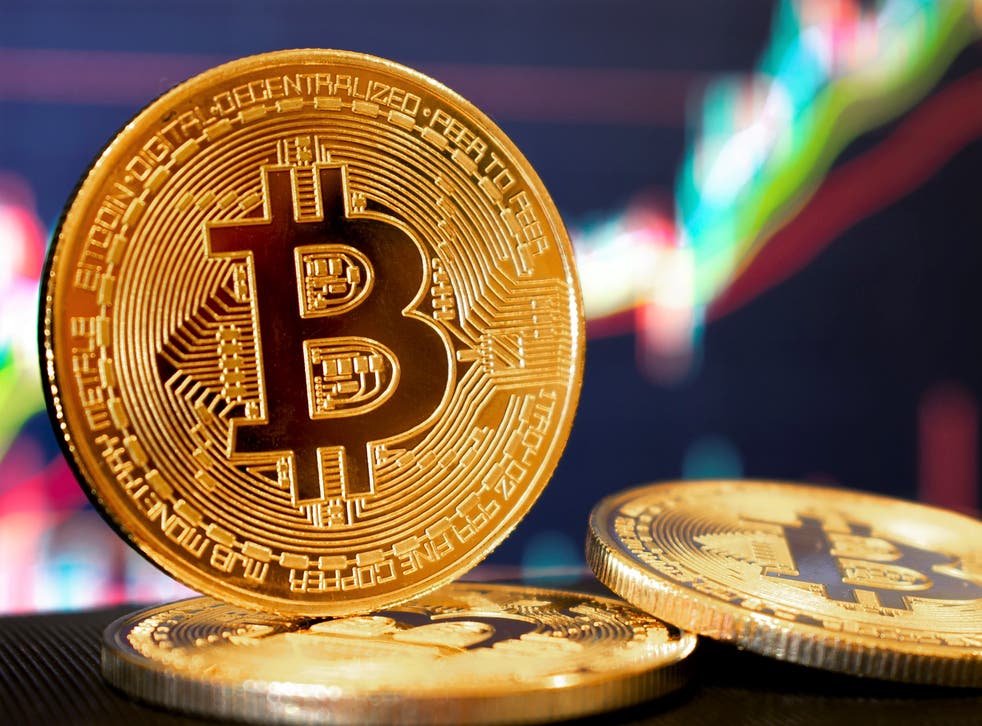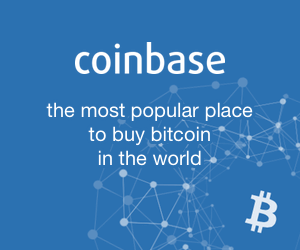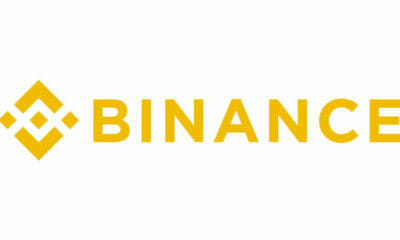It takes some temerity to stand by a bullish call when a security is looking increasingly bearish. Give Fundstrat’s Tom Lee some credit for sticking by his recently bullish view on bitcoin.
At this writing Wednesday, bitcoin was down more than 8% and barely clinging to the $7,550 level, giving the largest digital currency a market capitalization of $128.83 billion. After surging 35% in April, prompting some traders to opine that $10,000 was coming, bitcoin prices have been slammed this month, stoking speculation of a new bear market.
“I think the chart is pretty scary for folks because bitcoin was $20,000 in December and it’s less than half that now,” said Lee in an interview with CNBC. “But the reason is investors should care about this is, number one, the notion of blockchain as a way to solve trust in the digital world has gained a lot of traction. What investors aren’t connecting is that we can’t necessarily say ‘I believe in the blockchain.’ Bitcoin and cryptocurrencies are essential to how blockchains operate.”
Lee recently said bitcoin could rise to $25,000 as soon as later this year.
Lots Of Challenges
To be fair, Lee is not the only bitcoin bull. In fact, some recent forecasts from other market observers call for the digital currency to rise well into the six figures.
Regardless of the upside call, bullish views on digital currencies currently face myriad challenges. On Wednesday, each of the 30 largest alt-coins by market value finished lower during the U.S. trading session and of those 30, 24 finished with double-digit losses.
“The case I’d make for bitcoin is, number one, the cost of producing and replicating bitcoin today as a store of value is around $8,000 fully loaded so bitcoin is trading around cost,” said Lee. “Gold as another store of value is trading more than twice its extraction cost.”
Lee also highlights the potential for institutional investors to play a significant role in the digital currency market. The strategist said institutional investors are increasingly interested in cryptocurrency as an asset class, but they have not moved into crypto in a big way due to regulatory uncertainty.
“That sort of ultimate allocation into crypto as an asset class is going to be a powerful reason why bitcoin rallies,” said Lee.
Lee stands by the $25,000 forecast for bitcoin.





















